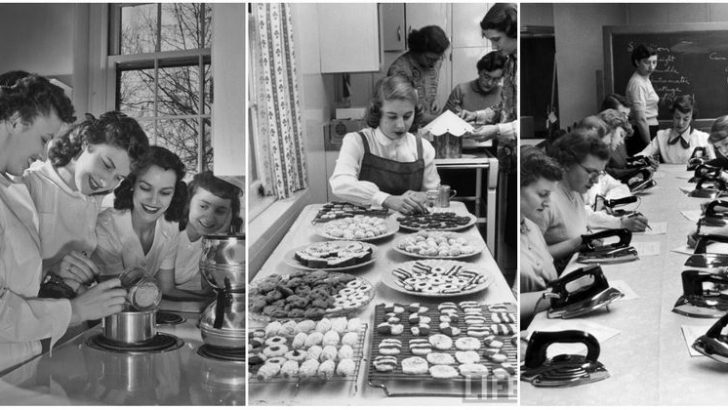In the 1950s, teenagers embraced a range of practical life skills that many of today’s college graduates find elusive. During this era, young adults seamlessly navigated through tasks that required dexterity, problem-solving, and interpersonal finesse, all without the aid of digital convenience.
These skills, though basic, formed the backbone of self-sufficiency and community involvement. From managing household chores to understanding civic duties, teenagers were well-equipped with the necessary tools to transition into adulthood. Today’s fast-paced, technology-driven world presents a different landscape, often leaving young adults with gaps in these fundamental capabilities. Exploring these skills reveals insights into societal evolution.
1. Home Economics and Manual Skills
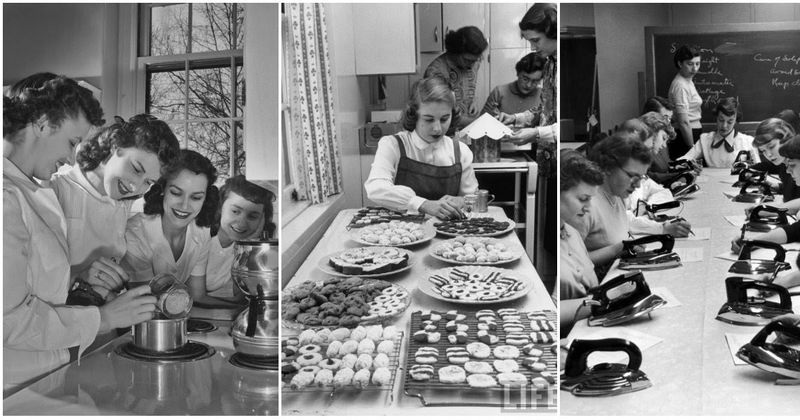
In the 1950s, home economics courses taught teenagers essential skills like cooking, sewing, and basic repairs. These practical lessons ensured young adults could manage household tasks independently. Imagine a classroom filled with teenagers learning to sew their own clothes or bake bread from scratch, fostering self-reliance. Today, convenience foods and fast fashion have made these skills less common. However, the empowerment from creating something with one’s hands remains unmatched. This foundational education instilled a sense of accomplishment and independence. Can we rekindle this in modern curriculums?
2. Financial Literacy

Teenagers in the 1950s often learned about money management from a young age. Part-time jobs were common, and handling personal finances was a valuable lesson. This hands-on experience with budgeting and saving fostered financial responsibility. Picture a teenager meticulously tracking expenses in a notebook. Today, many graduates face challenges with budgeting due to limited exposure to finance education. The stark contrast between eras highlights the importance of early financial literacy. How can we better prepare our youth for economic independence?
3. Face-to-Face Communication
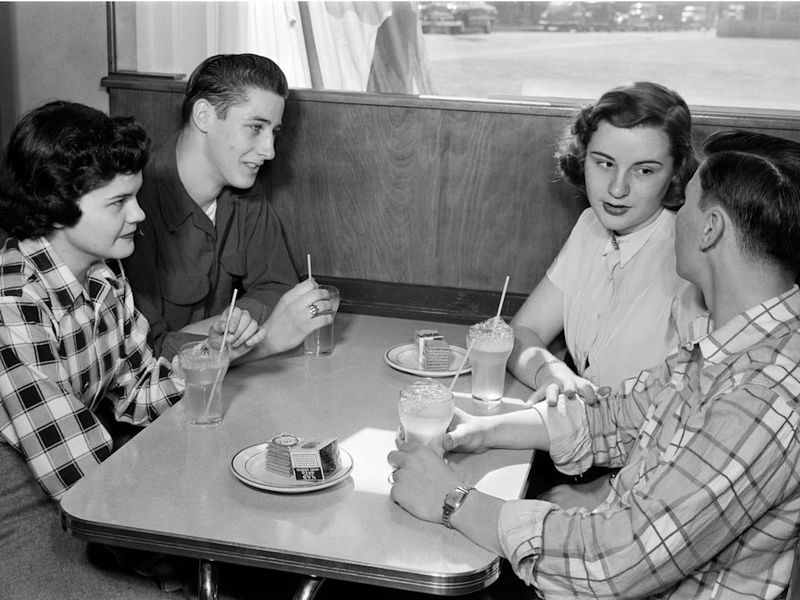
Without smartphones or social media, teenagers in the 1950s honed their communication skills through face-to-face interactions. This era fostered strong verbal and non-verbal communication abilities, integral to personal and professional relationships. Imagine lively conversations in diners or on front porches, where every word and gesture mattered. Today’s digital world offers convenience but often lacks the depth of in-person dialogue. Revitalizing this skill can enhance our connections. What would happen if we prioritized in-person interactions again?
4. Time Management
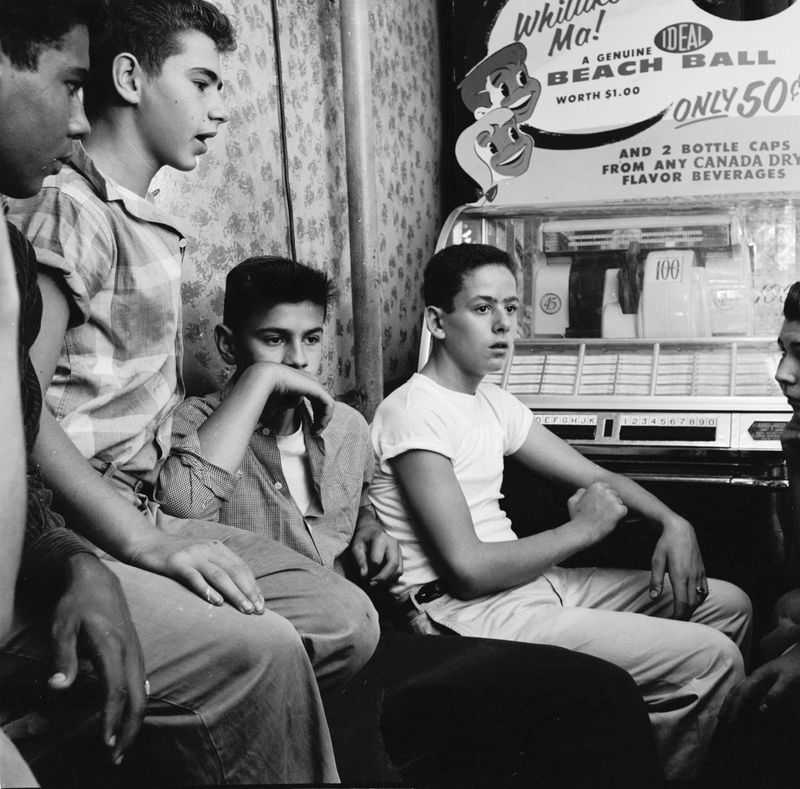
Balancing multiple responsibilities was a norm for 1950s teenagers. School, work, and social commitments required effective time management. Picture a teenager with a planner, detailing their daily tasks, emphasizing prioritization and focus. Modern life, with its constant digital connectivity, presents unique challenges in maintaining attention. Despite technology’s advancements, mastering time management remains a crucial skill. What lessons can we draw from the past to manage time more effectively today?
5. Self-Sufficiency
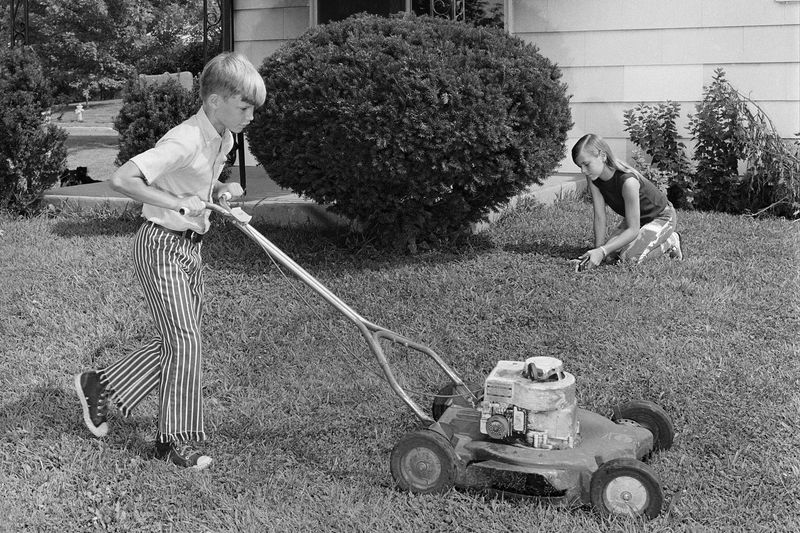
In the 1950s, teenagers contributed significantly to household chores and often held part-time jobs. This environment fostered a strong sense of self-sufficiency and responsibility. Envision a young adult fixing a leaky faucet or mowing the lawn. Changes in family dynamics and economic structures have reduced these opportunities today. However, the value of being self-reliant remains undeniable. Encouraging self-sufficiency empowers young adults to navigate life’s challenges with confidence. How do we inspire this independence now?
6. Civic Responsibility
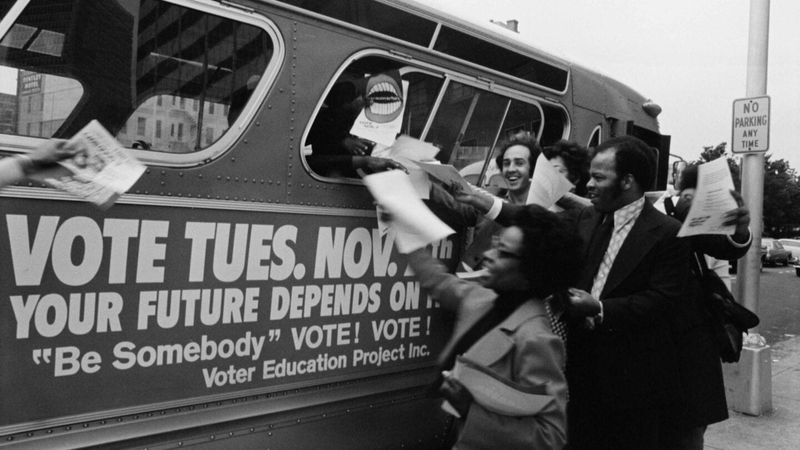
Community involvement was emphasized in the 1950s. Teenagers were taught about civic duties and often participated in local events. This education instilled a strong sense of belonging and responsibility. Imagine teenagers organizing a charity event or engaging in local governance discussions. Today, while civic engagement remains important, its nature has evolved. Fostering a similar sense of responsibility in today’s youth can strengthen community bonds. What role can technology play in modern civic involvement?
7. Basic First Aid and Emergency Response

Practical knowledge of first aid and emergency response was common among 1950s teenagers. These skills ensured young adults could handle basic medical situations confidently. Picture a teenager bandaging a wound or performing CPR in an emergency drill. While first aid courses are still available, they are less emphasized today. Reviving this training can empower individuals to respond effectively in crises. How can we integrate these vital skills into modern education?
8. Gardening and Food Preservation

Gardening and food preservation were common practices among teenagers in the 1950s. Growing their own food and preserving it taught responsibility and perseverance. Visualize a teenager harvesting tomatoes or canning peaches for winter. Modern convenience has shifted these skills into niche hobbies. Yet, the satisfaction derived from growing and preserving food is profound. By revisiting these practices, we can foster sustainability and self-reliance. How do we make these skills appealing to today’s youth?
9. Vehicle Maintenance
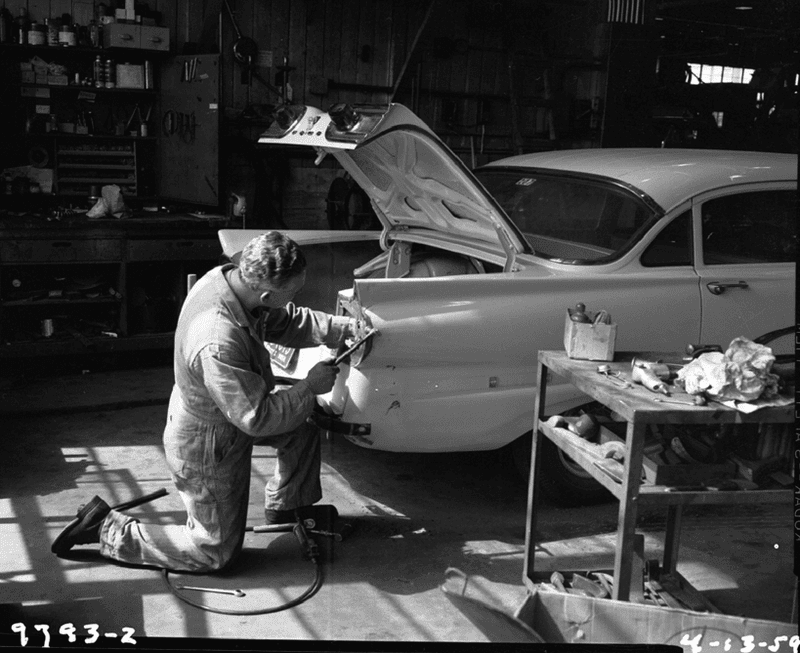
Basic car maintenance was a valuable skill for 1950s teenagers. Tasks like changing oil or fixing a flat tire encouraged independence and problem-solving. Picture a teenager confidently checking their car’s engine before a road trip. Modern vehicles’ complexity and roadside assistance options have made these skills less common. However, understanding vehicle basics remains beneficial. Can we revive this sense of automotive self-reliance?
10. Sewing and Clothing Repair
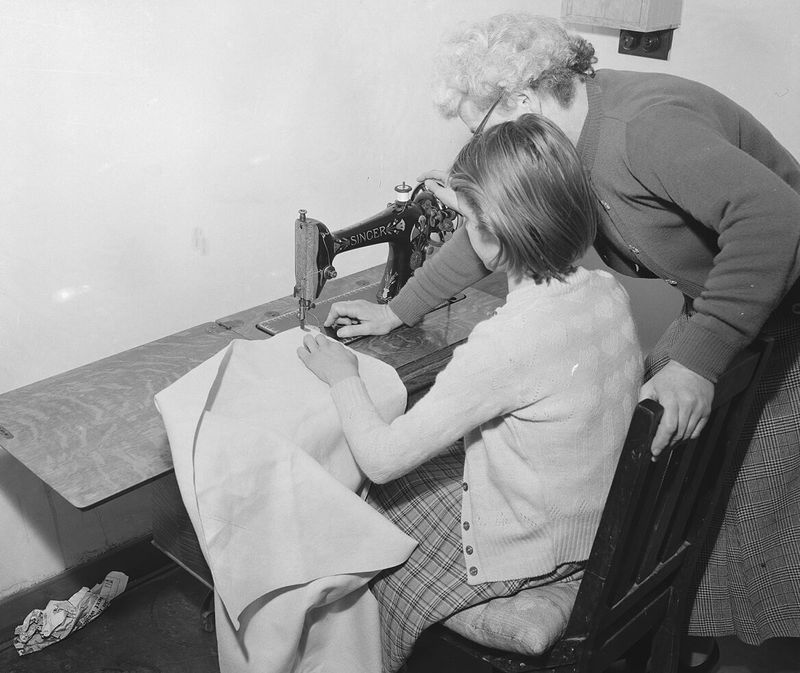
Sewing and repairing clothes were crucial skills for 1950s teenagers. Creating garments from patterns or mending tears was common, promoting self-sufficiency. Imagine a teenager crafting a new dress or patching up jeans. Today’s fast fashion has reduced the need for these skills, but the creativity and resourcefulness they foster are timeless. By embracing sewing, we can reduce waste and encourage individual expression. How can we integrate these skills into a sustainable future?
11. Woodworking and Metalworking
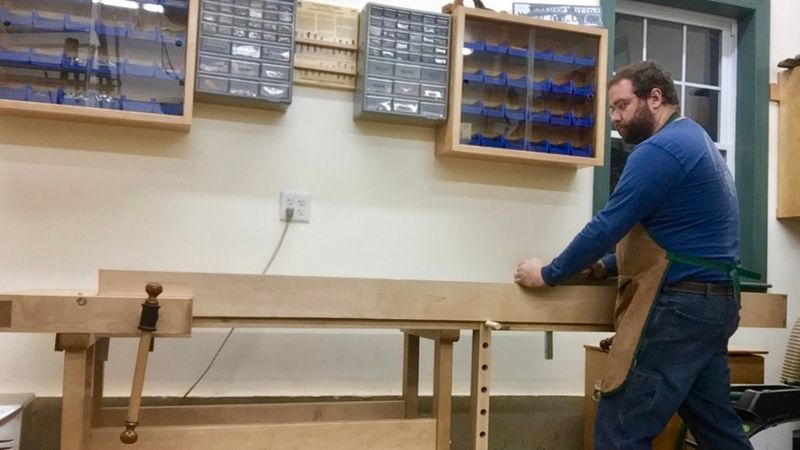
Hands-on skills like woodworking and metalworking were taught in schools and valued in the 1950s. These activities encouraged creativity and practical problem-solving. Picture a teenager shaping a wooden chair or crafting a metal sculpture in a school workshop. While some schools still offer these programs, they are less common today. Reviving these skills can inspire innovation and craftsmanship. What can we do to make hands-on learning appealing again?
12. Self-Discipline and Delayed Gratification

Societal norms in the 1950s emphasized self-discipline and delayed gratification. Teenagers often saved money for desired items, learning patience and goal-setting. Picture a teenager diligently adding coins to a piggy bank. Today’s instant-gratification culture challenges these values, yet their importance remains. Encouraging these traits can build resilience and long-term success. How do we instill patience and perseverance in the digital age?

Well, hello there!
My name is Jennifer. Besides being an orthodontist, I am a mother to 3 playful boys. In this motherhood journey, I can say I will never know everything. That’s why I always strive to read a lot, and that’s why I started writing about all the smithereens I came across so that you can have everything in one place! Enjoy and stay positive; you’ve got this!

